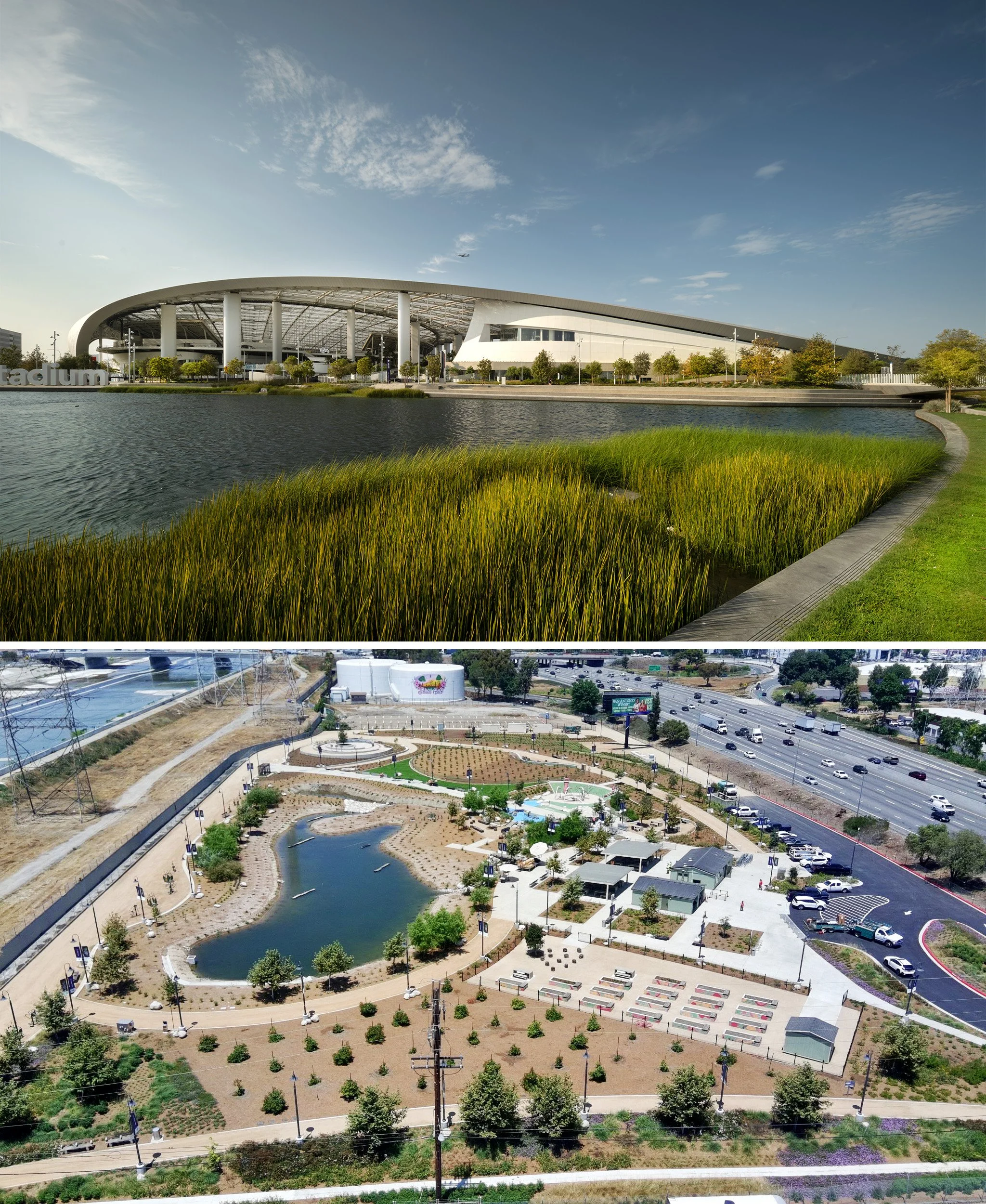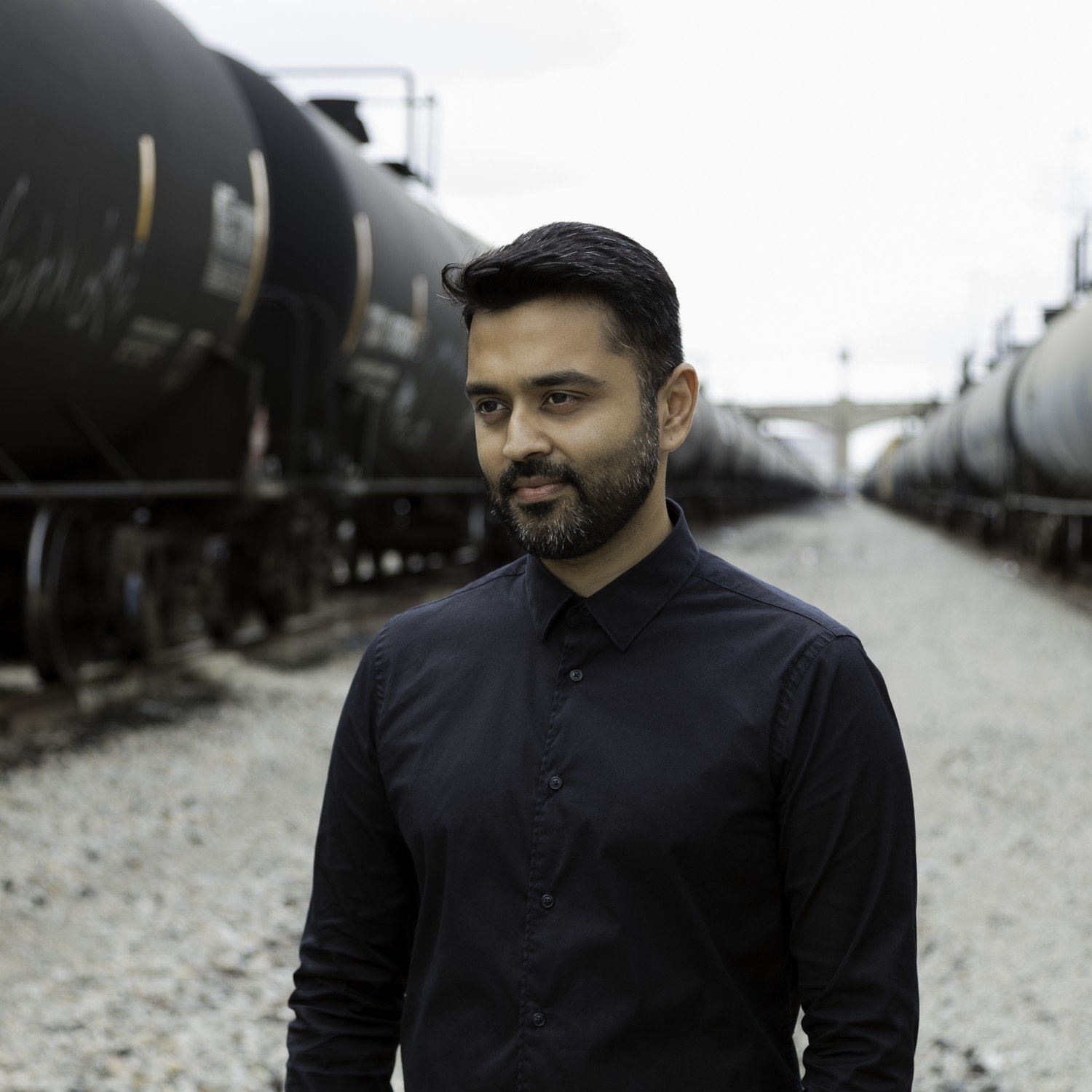Kush Parekh, PLA, ASLA
Principal, Studio MLA
-
Kush Parekh is a Landscape Architect and Design Principal at Studio-MLA with more than 20 years of experience in design, strategic planning, and project management. Passionate about cities, he is inspired by the complex relationships between socio-cultural factors and ecological systems in urban environments. With a holistic understanding of the built environment, he strives to apply the highest level of design and sustainable principles while exploring creative use of materials and building techniques. Parekh has led the Hollywood Park development and SoFi Stadium—a high profile, urban infill project of immense scale and complexity. He is currently overseeing multiple notable projects at Studio-MLA, including the new Lucas Museum of Narrative Art in Los Angeles and the California Indian Heritage Center situated at the confluence of the American River and Sacramento River.
-
Designing with Water: Community Infrastructure to Iconic Reuse
Los Angeles is both a proving ground and a paradox when it comes to water. For more than a century, the city has relied on massive infrastructure to import and control its supply, yet the future depends on learning to live with water in place. From neighborhood parks to global sports venues, new models of water infrastructure are emerging that recast public space as part of a regional system of resilience.
At Urban Orchard Park in South Gate, along the Los Angeles River, stormwater capture and treatment funded by Measure W's Safe, Clean Water Program becomes a catalyst for equity as well as compliance. What began as a mandate to meet Clean Water Act requirements is now shaping multi-benefit infrastructure that restores habitat, expands park access, and strengthens community health.
At SoFi Stadium's Lake Park, a 6-acre lake filled with reclaimed water from the West Basin also captures on-site stormwater. This dual system, the first of its kind in Los Angeles, uses an innovative filtration design that meets the standards of Measure W projects even outside the program. More than a reservoir, the lake has become civic landmark and habitat, showing how iconic destinations can align with regional water goals.
Together, these projects demonstrate how the scales of Los Angeles' water future are converging. Whether in small neighborhoods or world-renowned venues, water-first design is beginning to blur the line between compliance and imagination, infrastructure and landscape. The question now is how quickly this vision can be expanded, and how future generations will judge the choices we make today.

